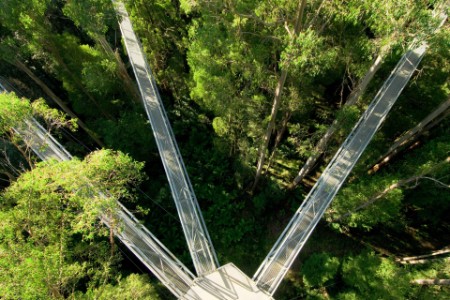High inflation and interest rates spark investors interest in Australian infrastructure sector
In an era marked by economic uncertainties, Australia has secured its place among the world’s top nations in terms of infrastructure deal activity in Q3 2023. These transactions are underpinned by infrastructure investments emerging as a beacon of stability due to the often long term nature of revenue contracts with protection against inflation increases. This trend is partially tempered by the increase in inflation and interest rates resulting in a rise of the costs of capital and therefore cost of construction of these projects. Digital infrastructure and energy transition related assets, among others, promise stability and reliable returns even in turbulent times.
The strength of infrastructure investments lies in their ability to generate stable returns, often backed by long-term contracts that provide insulation against economic volatility. Even as other deal markets waver in the face of higher debt costs, infrastructure transactions continue to thrive, bolstered by the sector's robust fundamentals.
Infrastructure investment has traditionally held the reputation of being a steadfast and dependable asset class, providing investors with a safeguard against economic turbulence. Presently, the spotlight is also on "Core Plus" infrastructure assets, which pertains to investments aimed at assets offering dependable returns with the potential for added value. Core Plus infrastructure investments are gaining prominence in Australia, presenting a higher return and increasingly favoured facet of the nation's infrastructure investment environment.


